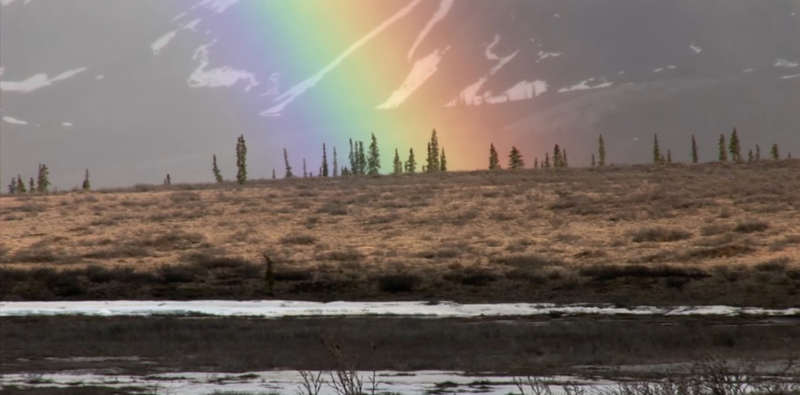Teach This Poem, though developed with a classroom in mind, can be easily adapted for remote-learning, hybrid-learning models, or in-person classes. Please see our suggestions for how to adapt this lesson for remote or blended learning. We have also noted suggestions when applicable and will continue to add to these suggestions online.

Watch the video “Nature’s Orchestra: Sounds of Our Changing Planet.”
The following activities and questions are designed to help your students use their noticing skills to move through the poem and develop their thinking about its meaning with confidence, using what they’ve noticed as evidence for their interpretations. Read more about the framework upon which these activities are based.
- Warm-up: Watch the video “Nature’s Orchestra: Sounds of Our Changing Planet.” As you watch, are there moments that stand out to you? What sounds or music pique your interest? Why? What do they make you think of? What makes you say that?
- Before Reading the Poem: (Teachers, show a few images of the different landscapes from National Geographic. As you do, ask students to jot down or share what sounds might happen in each landscape. If you have the time and space, ask students to take a silent walk around the classroom or school and record any sounds that they hear.) What did you notice about the different landscapes? Did any stand out to you? If so, why?
- Reading the Poem: Now, silently read the poem “Nature Aria” by Yi Lei. What do you notice about the poem? Note any words or phrases that stand out to you or any questions you might have.
- Listening to the Poem (enlist two volunteers to read the poem aloud): Listen as the poem is read aloud twice, and write down any additional words and phrases that stand out to you.
- Small-group Discussion: Share what you noticed about the poem with a small group of students. Based on the details you just shared with your small group and the resources from the beginning of class, how did “Nature Aria” compare to the video and the sounds you heard around school?
- Whole-class Discussion: How would you describe the speaker in this poem? What is the speaker’s relationship to nature in the poem? How might this poem be a nature aria?
- Extension for Grades 7-8: Think back to the landscapes that you saw at the beginning of class, or imagine your own landscape. What might an aria for that landscape look or sound like? Create a poem, song, or visual art piece to showcase this landscape. Share your piece with the class.
- Extension for Grades 9-12: Watch this video about creating a nature soundscape at home/school. Create a one-minute soundscape with sounds from home/around school. (Teachers, the sharing part of this activity might be best to do the next day.) Join with a partner to share the soundscape you created for homework. What do you notice about each other’s soundscape? What was it like creating a soundscape? Join with another duo and share your soundscapes and thoughts again. When you are ready, pick one person from your group to share their soundscape with the class. What do you notice about these soundscapes?
Poems can spark a lifelong love of reading, and buying poetry books is one of the best ways to directly support poets and poetry. Check out the 2022 Featured Fall Books List for Young Readers.
Alliteration: the repetition of consonant sounds, particularly at the beginnings of words. Read more.
